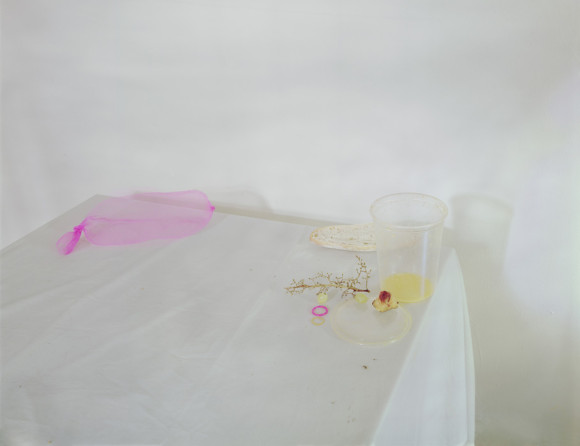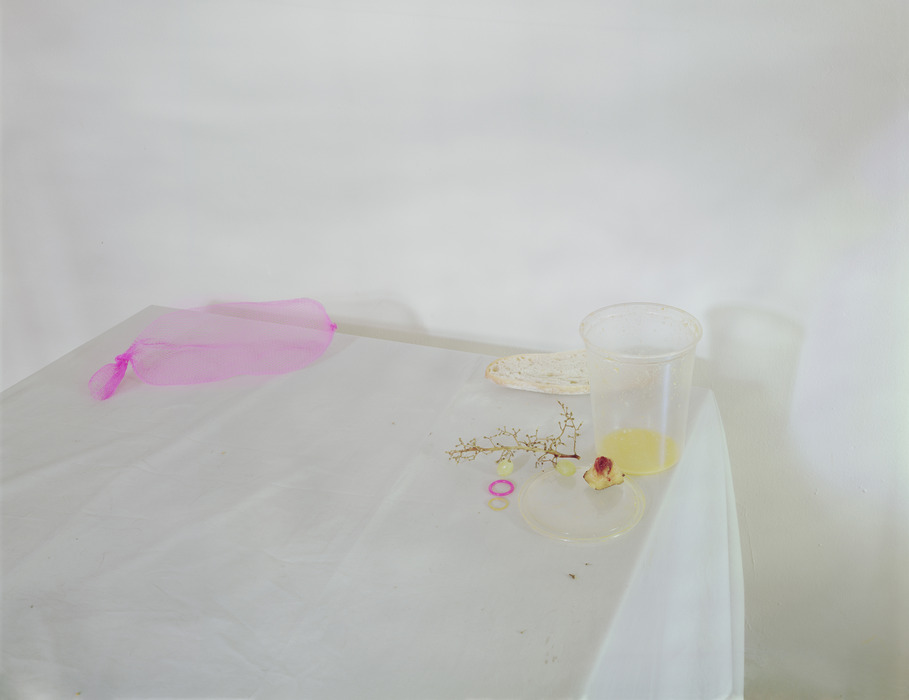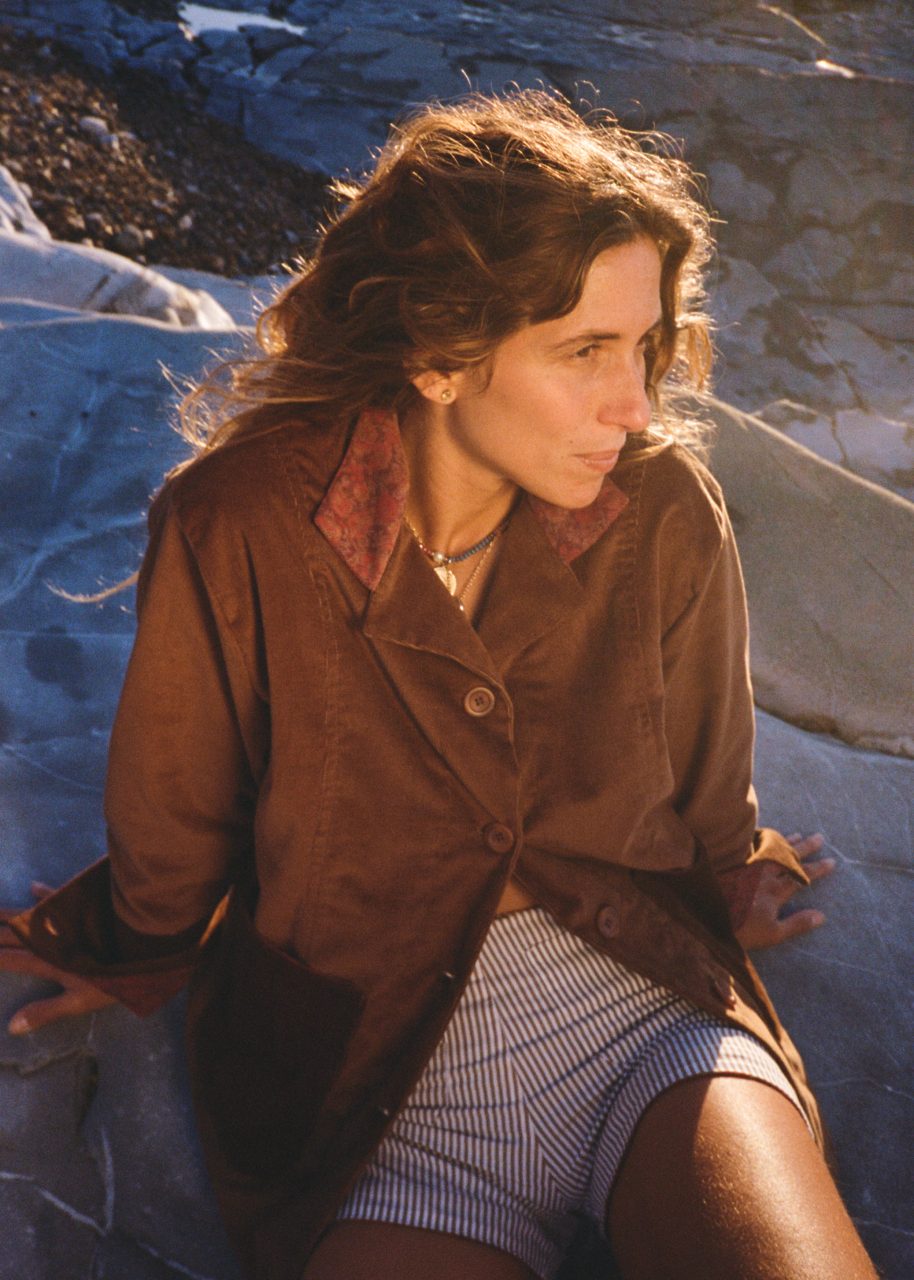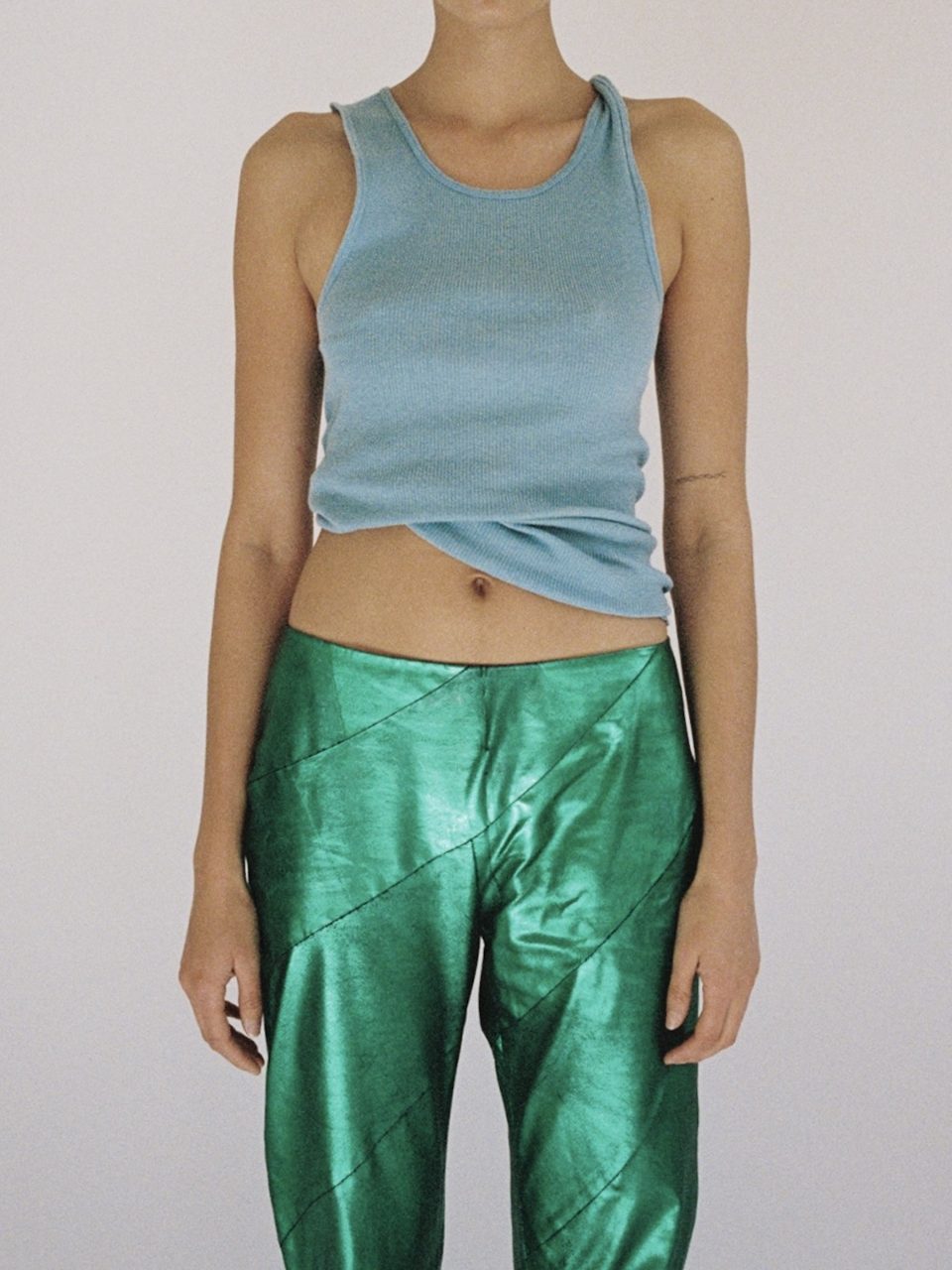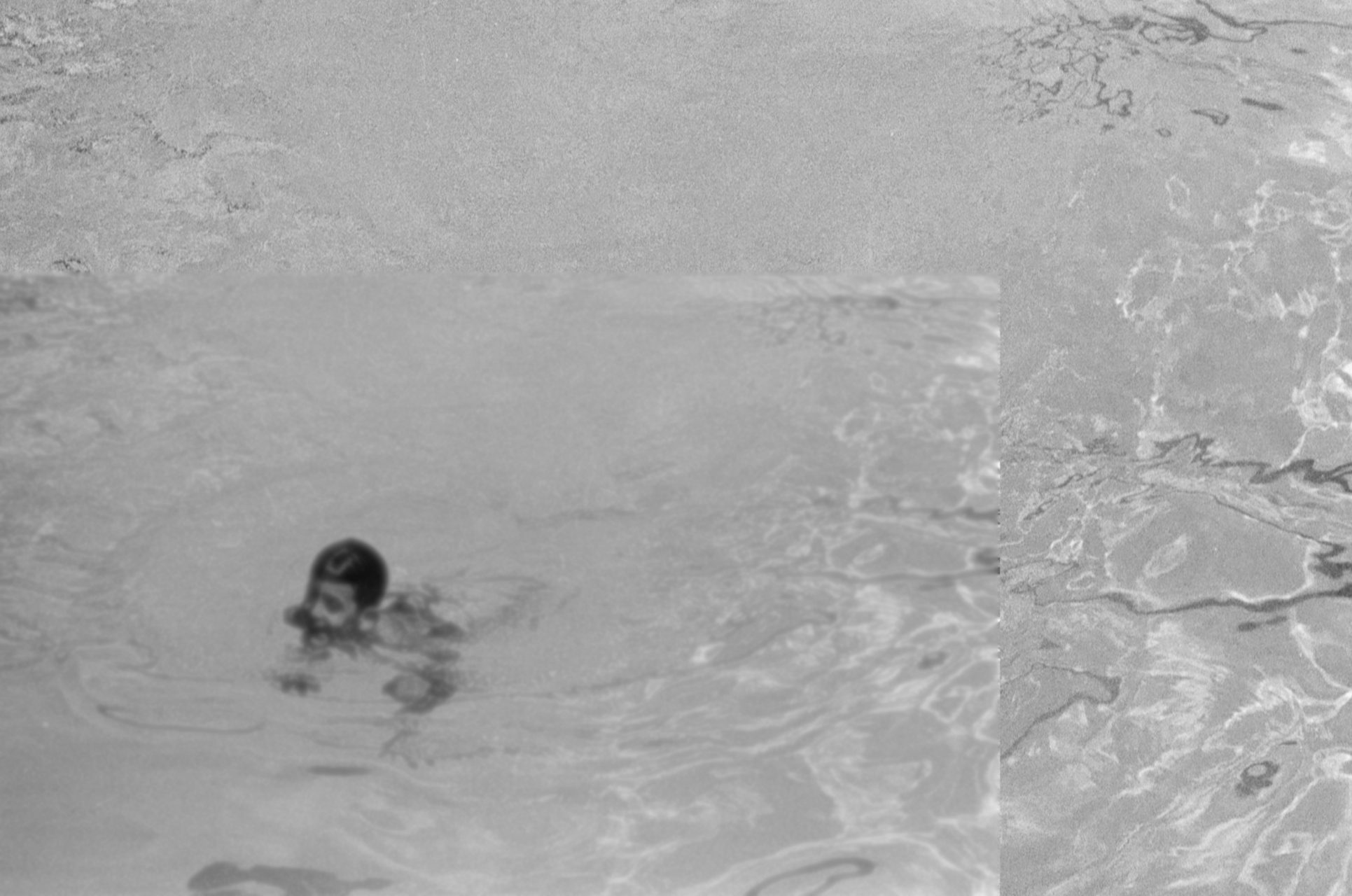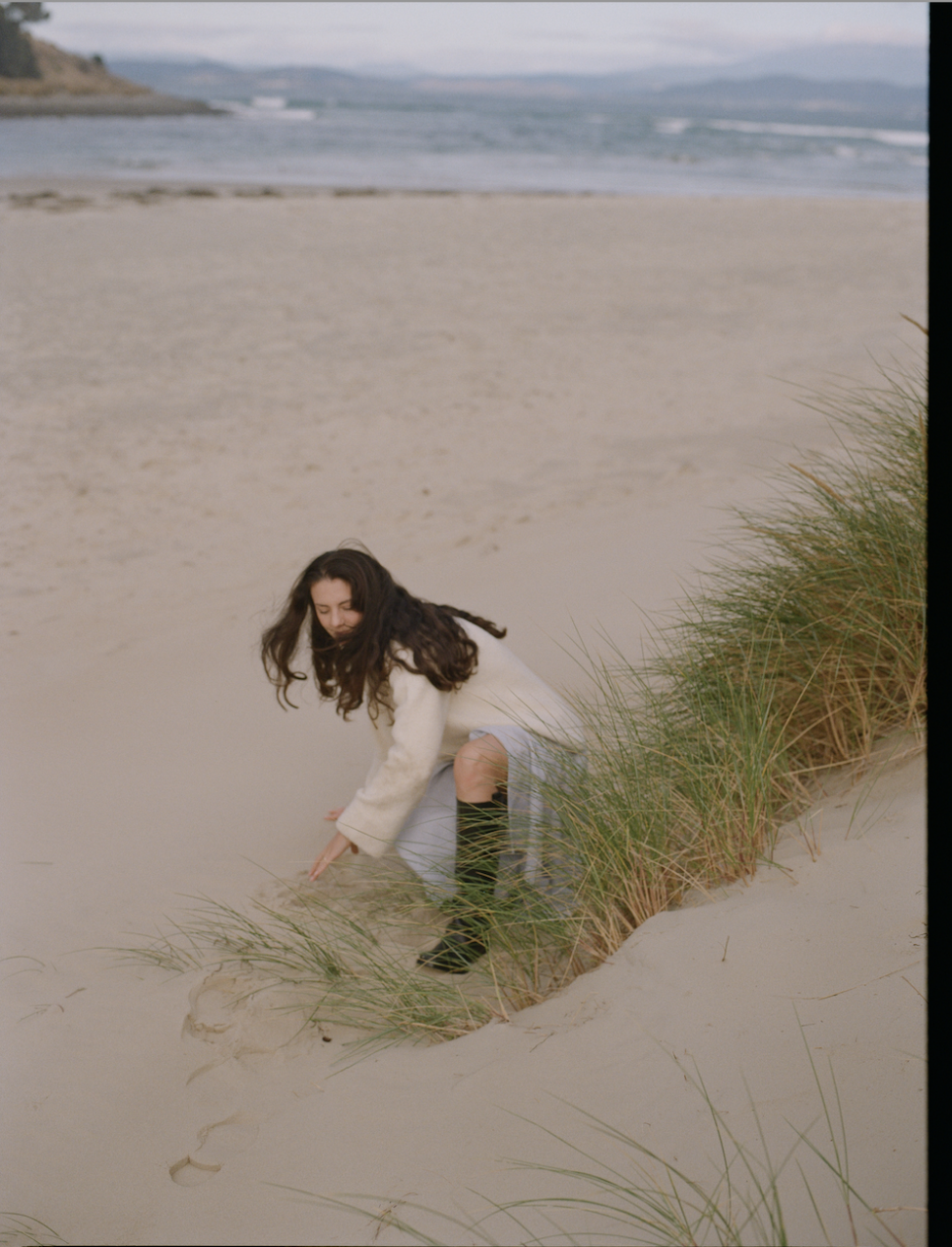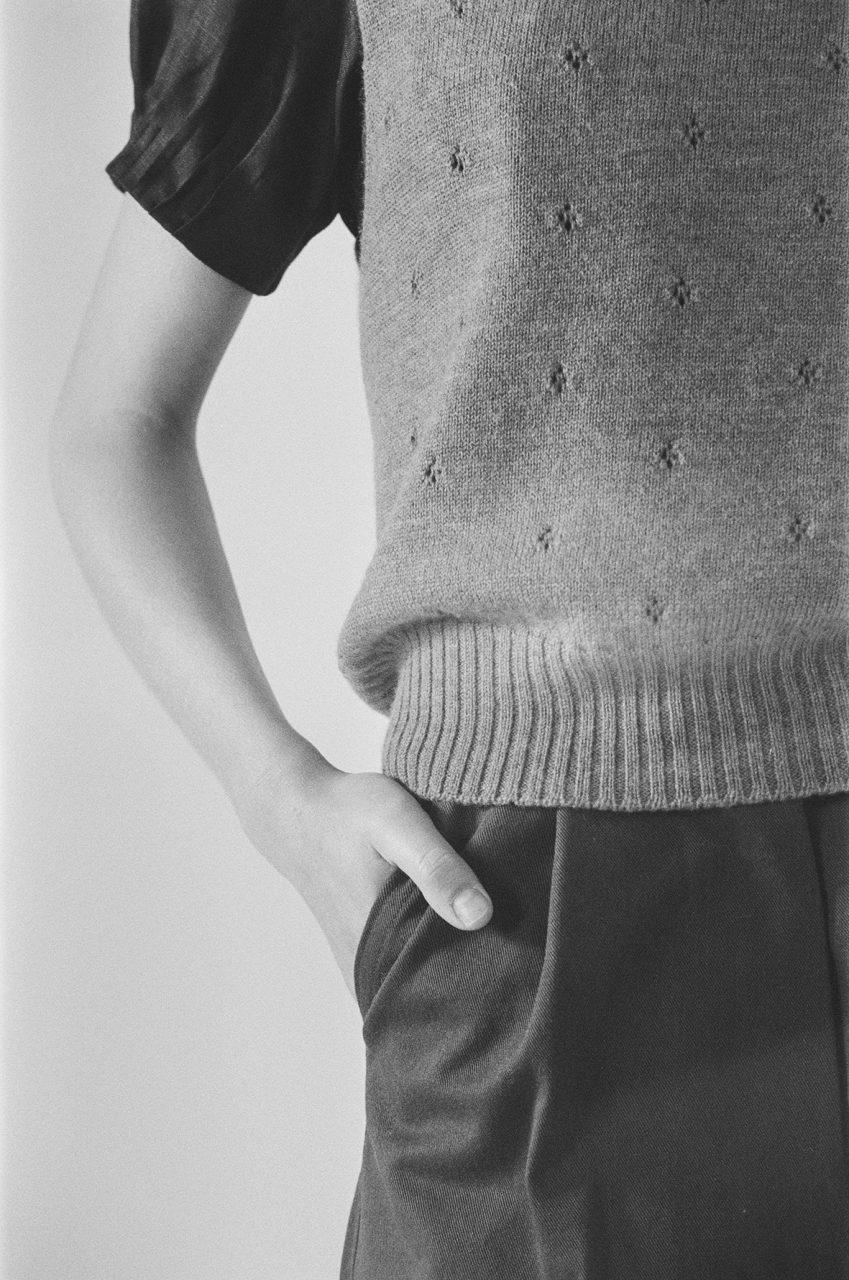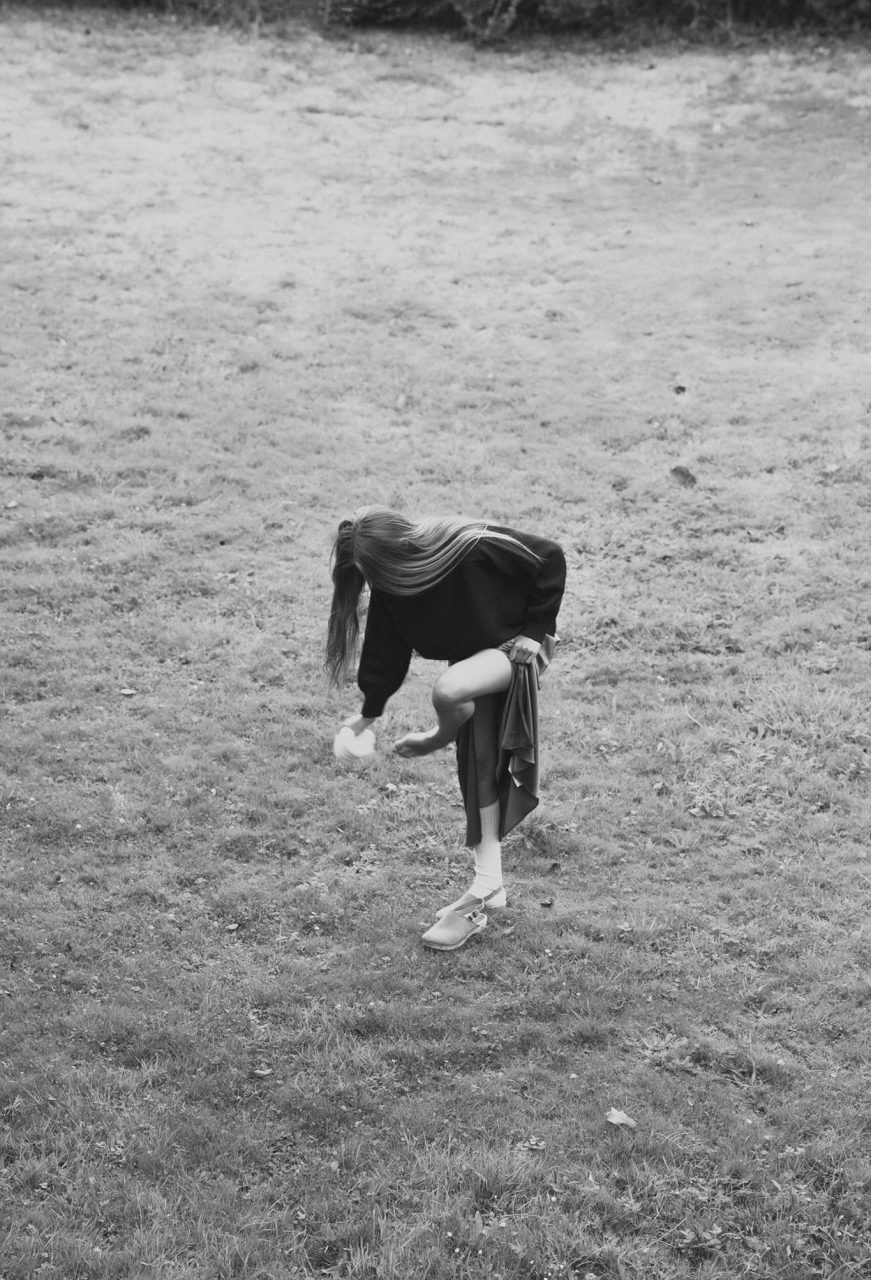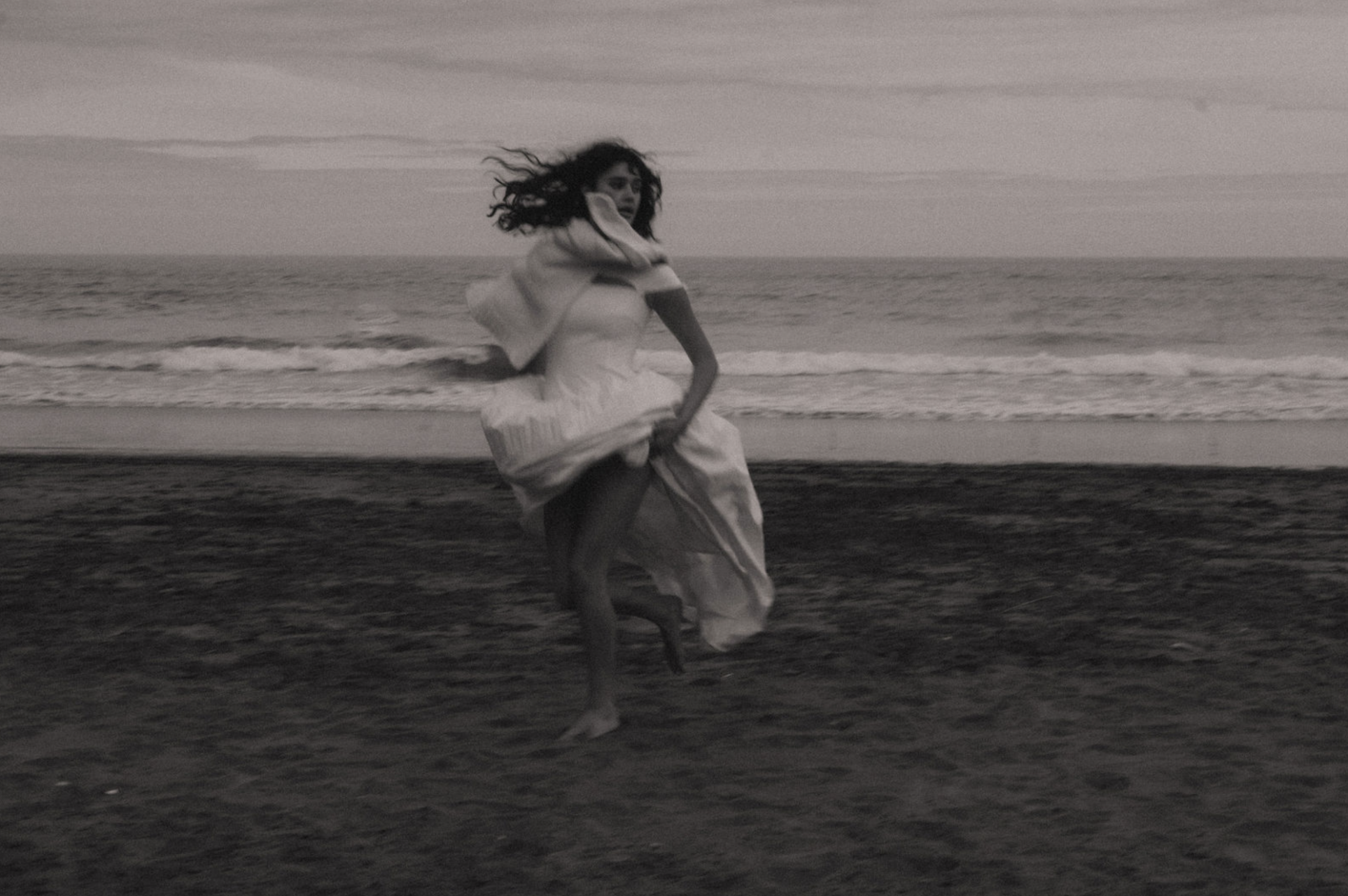Monday’s Muse: Laura Letinsky
“For a long time I’ve asked myself questions about what a photograph is. While I was taking photographs of couples in the 1990s I began thinking about love, and about how photography relates to love, how it can functions within a kind of circuitry of production and consumption. We produce photos that show us what love is supposed to look like, then we enact in our everyday lives the conventions depicted in visual media. I wanted to break out of that cycle, and to break out of the conventions of the genre in which I was working.
Still lifes increasingly drew my interest. It interests me as a genre in the same way that concepts of love interest me—its association with the feminine, its characterization as “less important,” its affiliations with domesticity and intimacy. There seemed to be potential there, room for exploration. I realized that still lifes were a vehicle to explore the tension between the small and minute and larger social structures. For the last fifteen years I’ve explored this realm, increasingly weaving in questions about perception, about how we see and understand the world around us, and about how photography conflicts with and constrains our sense of our environment by reinforcing certain ideas we have about perception.” — Laura Letinsky
–
Exploring the beauty in the aftermath, photographer Laura Letinsky’s still life images of disregarded domestic items and vacated situations are exceptional. With titles such as ‘I Did Not Remember I Had Forgotten’, ‘To Say It Isn’t So’, and ‘Mourning and Melancholia’ her works allude to a sense of loss, or rather, of past experienced celebration and joy.
A recent exhibition of her work included the following statement, which I thought says it all, really:
“… But instead of the traditional allure of a meal awaiting an unseen viewer’s consumption, Letinsky photographs the remains of the table so as to investigate the precarious relationships between ripeness and decay, delicacy and awkwardness, control and haphazardness, waste and plenitude, pleasure and sustenance.”
Formally, through degrees of control and chaos, the domestic scenes Letinsky photographs are redolent with the allures of domesticity (safety, comfort, familiarity) as well as its dangers (boredom, satiation, lack of desire). These liminal images are not intended as accurate visual description, rather aspiring to describe another kind of sensing. What one sees is not always visible and Letinsky explores photography’s transformative quality, changing what is typically overlooked into something splendid in its resilience.”
I loved this: “aspiring to describe another kind of sensing. What one sees is not always visible”.
–
See more of her work [here]
Image above: Untitled, #5, To Say It Isn’t So series, 2006
Interview excerpt from Aperture

